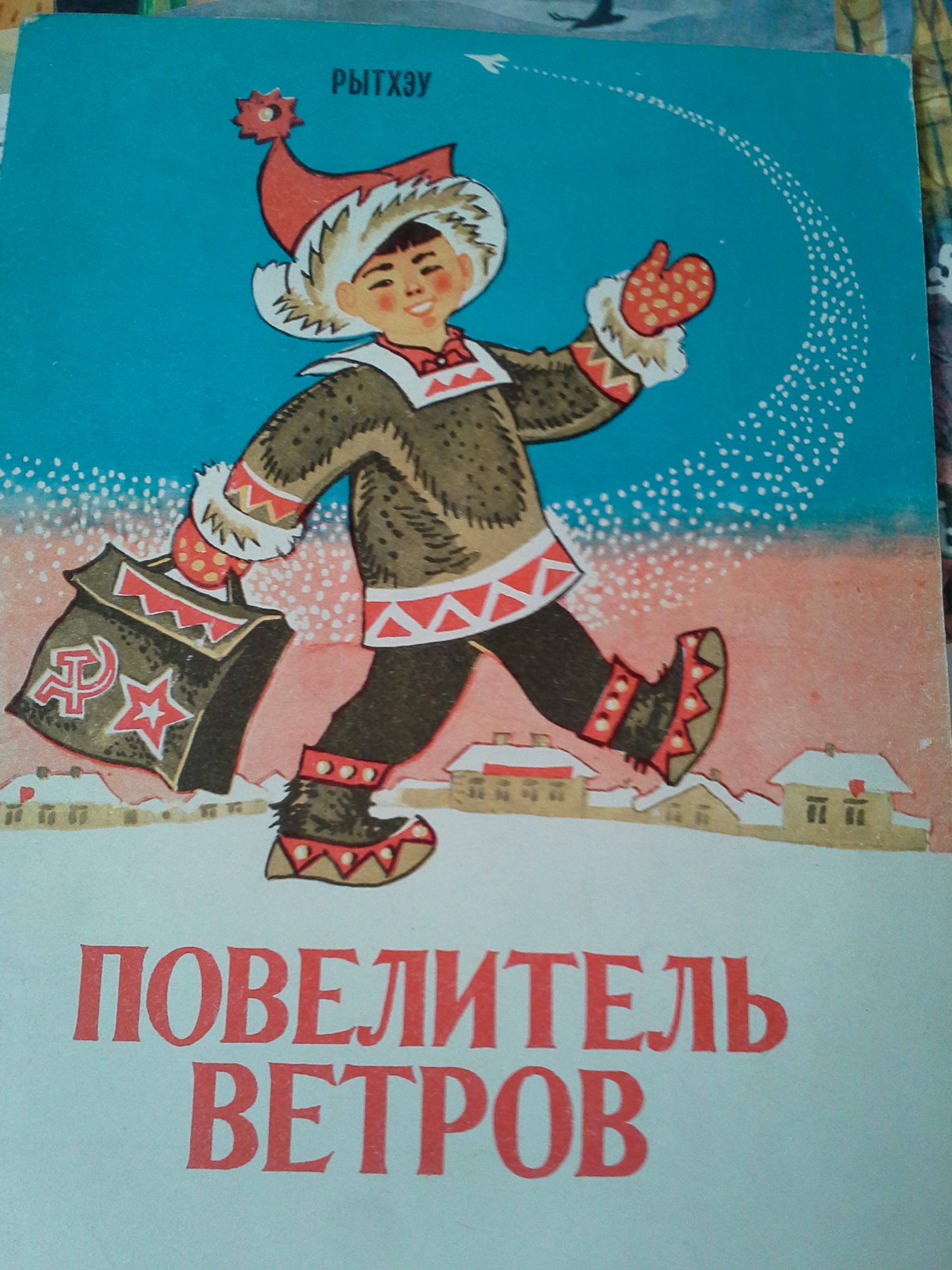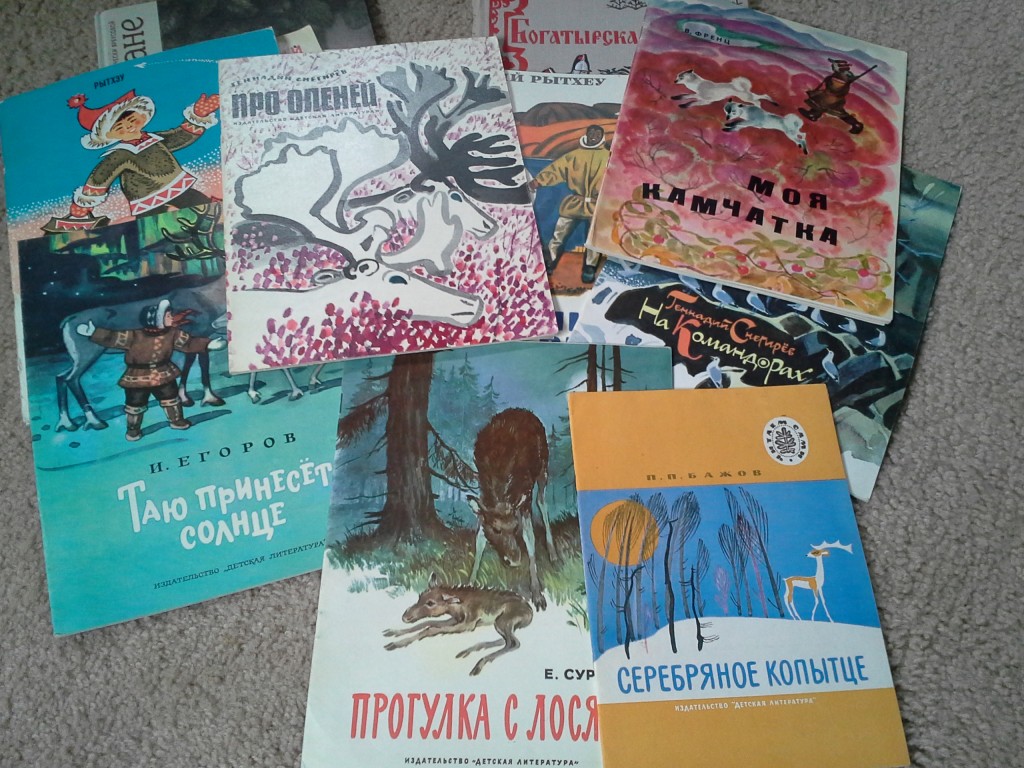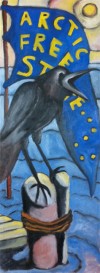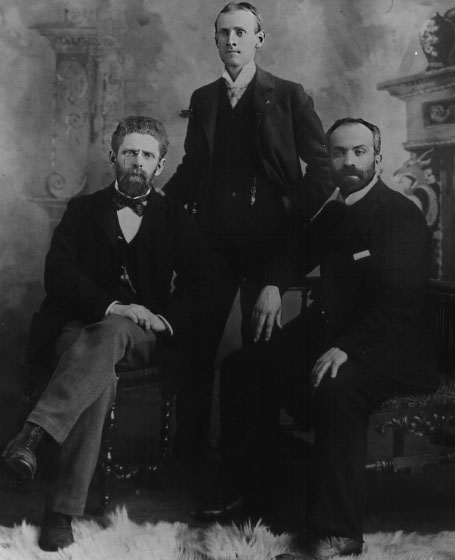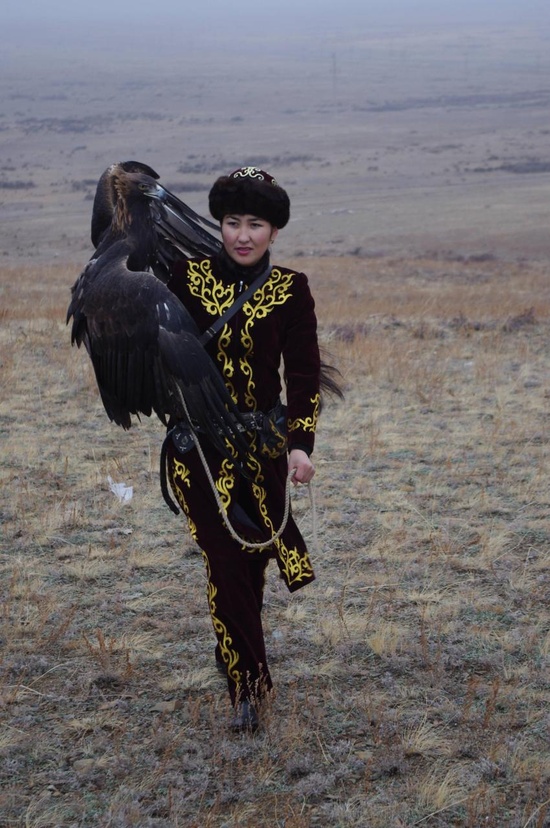The Legend of Sarila – Inuit inspired kid’s film
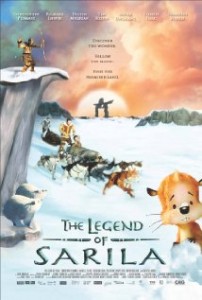 Recently I found a kid’s film called “The Legend of Sarila,” which takes its inspiration from the Canadian arctic.
Recently I found a kid’s film called “The Legend of Sarila,” which takes its inspiration from the Canadian arctic.
The story arc is straight up hero’s journey: leave home, pass trials, gain knowledge, mysterious helper, return home with rewards and establish new order. That’s fine. There are some reasonable portrayals of the Arctic landscape: caribou, seals, lichen, wide open tundra landscape. There are several scenes where I thought they really got the lighting right. There’s a wonderful warm glow that happens when the sun is low to the horizon in the north. It’s the golden hour for photographers around the globe, but at the higher latitudes it lasts a long while and you can enjoy it.
The destination for the little protagonist group (three friends, aka a love triangle) is Sarila, a mythical land of plenty. When they arrive, it is a beautiful, bountiful boreal forest: trees and berries and tasty tasty herbivores. Since that’s the biome that I grew up in, I was greatly amused and probably more positively disposed toward the film that I might have been otherwise.
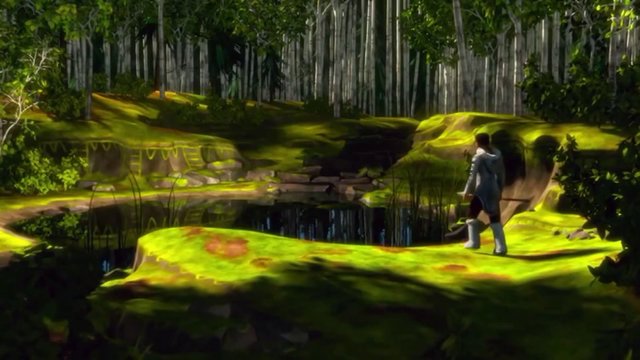
Of course, it’s far from perfect. The carryover of actual cultural detail may be a bit thin, as this Animation Scoop review points out.
Given the beauty of the Inuit carvings of humans and animals, Legend of Sarila should be a visual feast. But the viewer looks in vain for that influence on the designs, aside from the occasional angle of a cheekbone. The animation is weightless and inexpressive, indistinguishable from countless other recent CG features.
The Legend of Sarila is apparently Canada’s first 3D animation. I’m agnostic on animation styles in this case, but I’ll throw in with the Animation Scoop reviewer and wish that there was a bit more artistic influence on the character design. I’ve recently been reading about Arctic facial tattoos (another blogpost soon!), but Sedna’s the only one who gets any. I’m glad they included those, but the portrayal of Sedna with fingers was the first wrinkle for me. Sedna is one of the legends that was part of my own childhood, so I take this a bit personally. The whole point of her story is that she doesn’t have fingers! Briefly, Sedna accidentally marries a bird. When she tries to return home, her husband calls up a storm and she falls out of the boat. Rather than helping her back in, her father, who doesn’t score a lot of points for contemporary supportive parenting, cuts off her fingers as she clings to the gunnels. The finger bits become sea mammals; Sedna becomes a fingerless undersea goddess who controls the marine food supply.
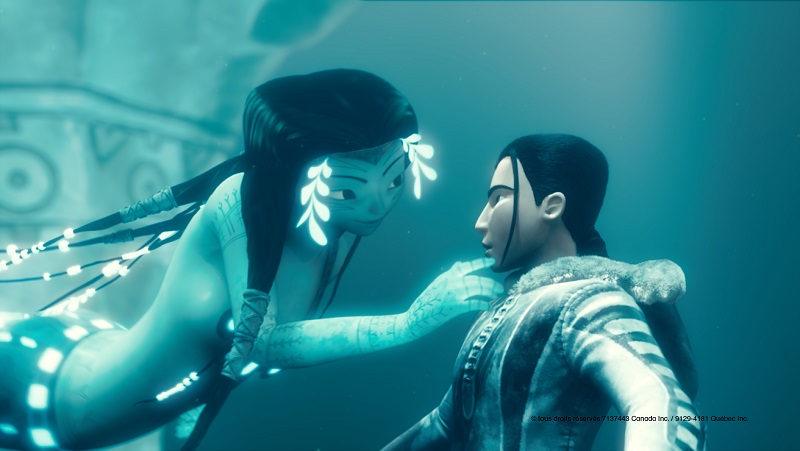
Even with these caveats, I’d say give it a watch if you have any interest in the arctic. It’s not long, and if you’re looking to expose your kids to a different biome — or, for those of already in the north — watch a story set somewhere familiar, it’s worth the time. Particularly if, like me, you’re looking for a distraction while working on a craft project. (Apparently quilting involves a lot of fabric cutting before any actual sewing happens. Who knew?)
As a postscript, I looked up the film online when I started writing up my reactions and discovered the biggest mistake that the film’s producers made: trying to market it in the US as “Frozen Land.” That lasted for about six seconds before Disney’s lawyers shut it down.
